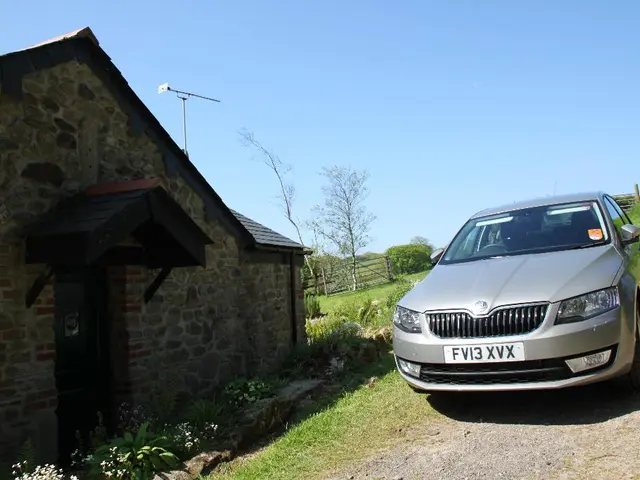Wind Energy's Enduring Potential: Key Data and Insights
A Dive into the Sustainability of Wind Energy:
The wind energy sector was valued at a whopping $62.1 billion in 2019 and projected to skyrocket to $127.2 billion by 2027, making it an attractive sustainable energy option many countries are exploring. Let's delve into what wind energy is, its renewability, and how it operates.
Getting Started with Wind Energy:
At its core, wind energy production uses wind turbines, which transform the wind's kinetic energy into electricity. Essentially, anything that moves possesses kinetic energy, and wind energy converts that energy to electricity.
Operating Wind Turbines:
Wind turbines, appearing like giant fans, generate electricity as the wind turns the blades, which are connected to a rotor. This rotation drives a generator, resulting in electricity output. Turbines can be installed both on land and offshore.
Lifespan of Wind Turbines:
Typically, wind turbines have a lifespan of 20 years, depending on the material quality used. Some sources suggest that with appropriate maintenance and ecological factors, their lifespan may be extended by 5 more years.
Different Types of Wind Turbines:
There are two main categories of wind turbines: horizontal-axis turbines, which resemble airplane propellers, and vertical-axis turbines, modeled after eggbeaters. The former is more popular and productive in generating electricity.
Cost of Wind Power:
Costs for wind energy solutions vary based on whether the turbines are for home or farm use or commercial or industrial purposes:
- Home or Farm Wind Turbines: For smaller wind turbines, generating less than 100 kilowatts of power, you can expect to pay between $3,000 to $8,000 per kilowatt. For a 10-kilowatt device designed for a large home, the installation cost may range from $50,000 to $80,000, factoring in tax and other subsidies you may be eligible for.
- Commercial or Industrial Wind Turbines: The costs vary from around $1.3 million to $2.2 million per megawatt of nameplate capacity installed. Nameplate capacity refers to the maximum output rating of a wind turbine, or its full capacity.
Top Wind Power Nations:
- China: Holding the highest wind power capacity in 2020, China added 52 gigawatts of new power during 2020, bringing its total capacity to 288.32 gigawatts. Most of China's wind farms are located on land, with a smaller share offshore. China's Wind Farm Base in Jiuquan, consisting of 7,000 turbines, is the largest wind farm in the world and spans multiple provinces.
- United States: The US has a substantial quantity of wind farms located inland, with Texas leading the nation in wind power production. In 2020, the US increased its wind capabilities by 17 gigawatts, amounting to 122.32 gigawatts in total.
- Germany: Germany boasts a wind installation capacity of almost 63 gigawatts, with 55 gigawatts onshore and 7.7 gigawatts offshore. The country aims to supply 65% of its power requirements from renewable energy sources by 2030.
- India: All of India's wind farms are located on land, but the country plans to install offshore wind farms to generate 5 gigawatts of electricity by 2022 and 30 gigawatts by 2030.
- Spain: Wind is the primary renewable energy source in Spain, with all of its farms installed onshore. The most active regions for generating wind energy include Castilla y León, Castilla La Mancha, Galicia, Andalusia, and Aragon.
Wind Power Challenges:
While wind energy is a viable alternative to fossil fuels, it poses challenges such as unpredictable wind patterns and wildlife impacts, high maintenance costs, and waste management. Research and improvements in technology are crucial to counteract these issues and fully harness this green energy source.
- The renewable energy sector, particularly wind energy, is closely linked to environmental science, as understanding wind patterns and their impact on wildlife is crucial for optimizing wind turbine placement and minimizing environmental damage.
- As the wind energy industry continues to grow, financial institutions play a significant role in funding projects, from home-scale wind turbines to commercial and industrial-scale developments, recognizing the economic potential and environmental benefits of wind power.
- In the field of environmental science, research into improving wind turbine efficiency and reducing maintenance costs is essential, as these advancements not only promote the sustainability of wind energy but also contribute to achieving global renewable energy goals.








